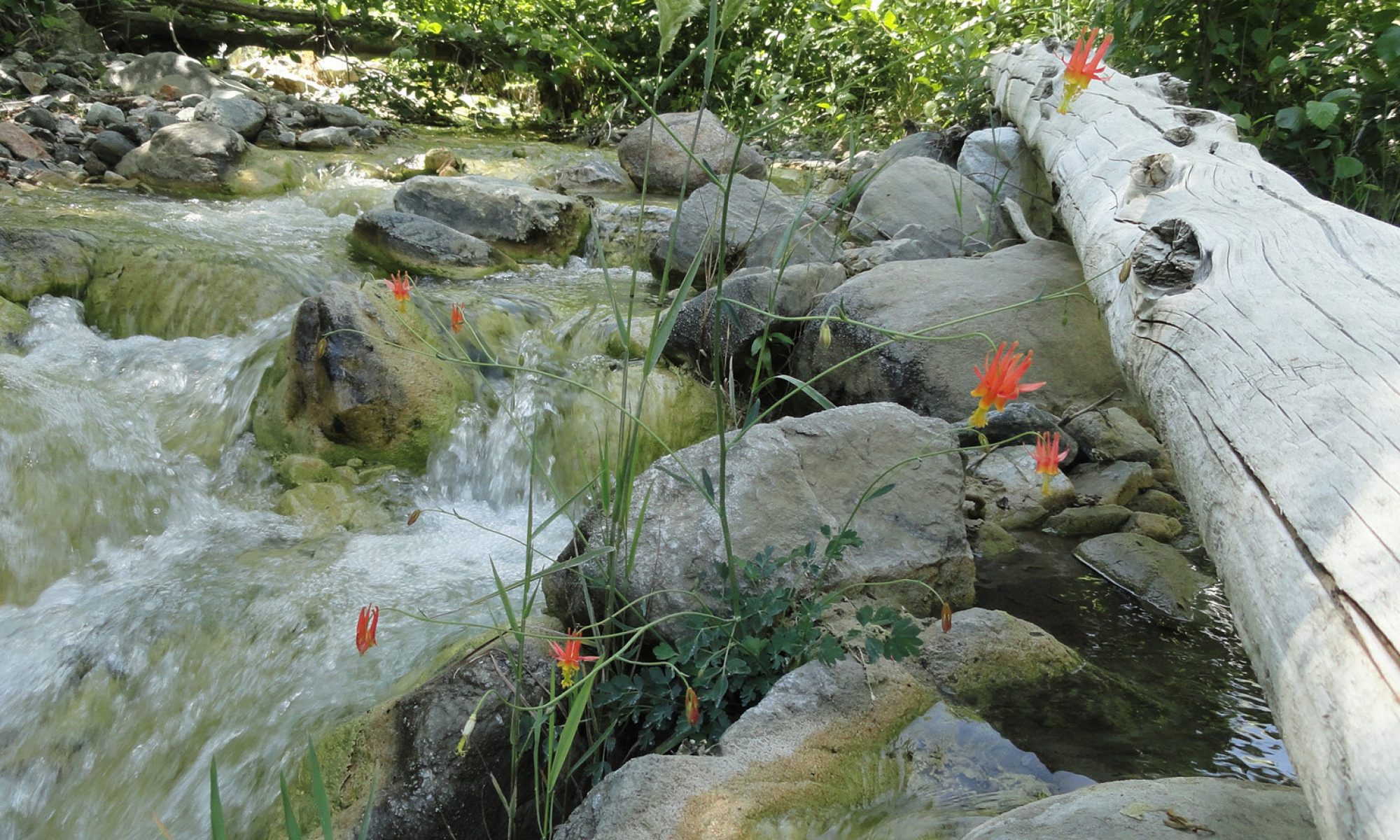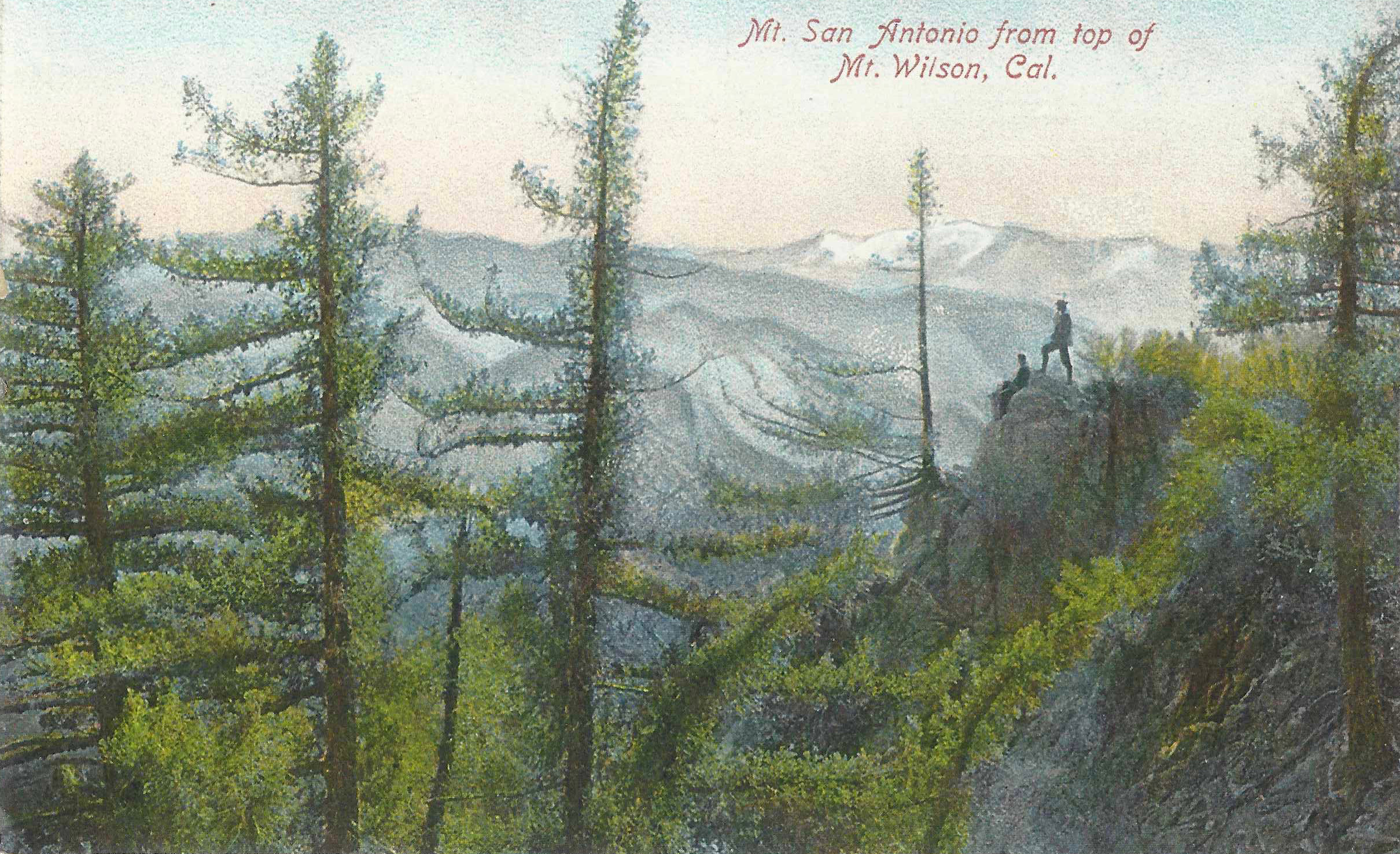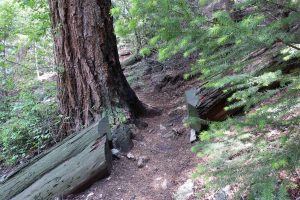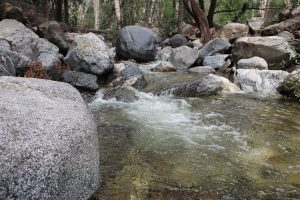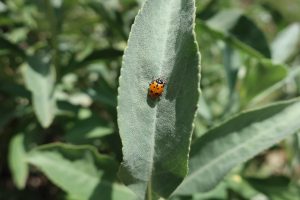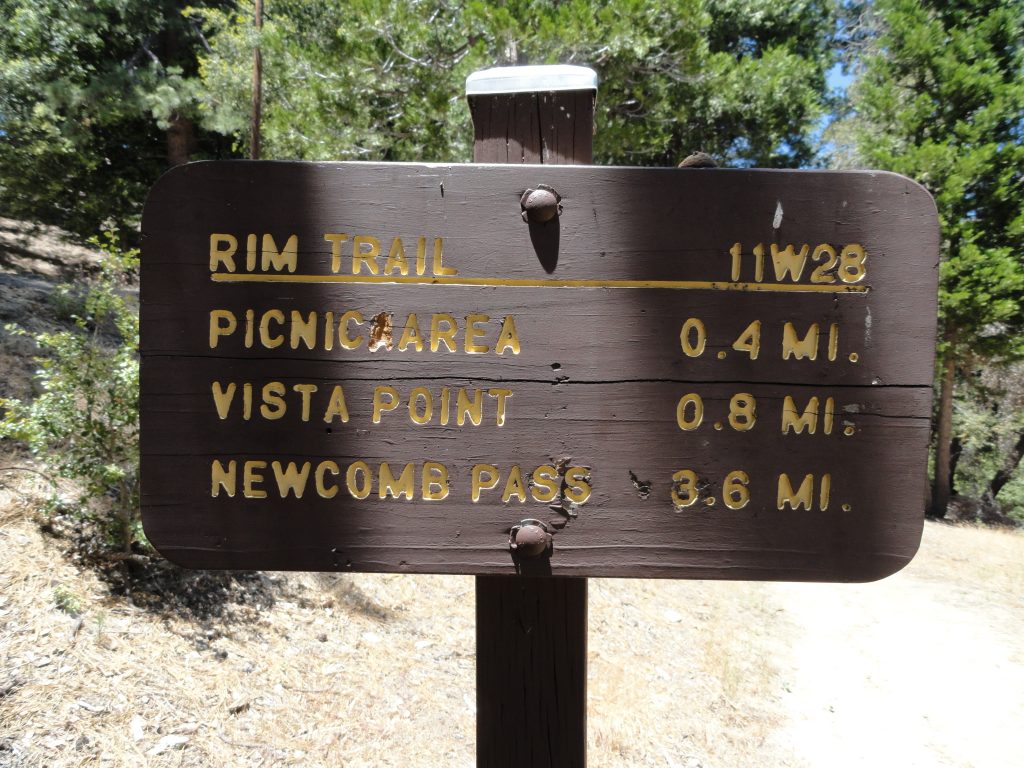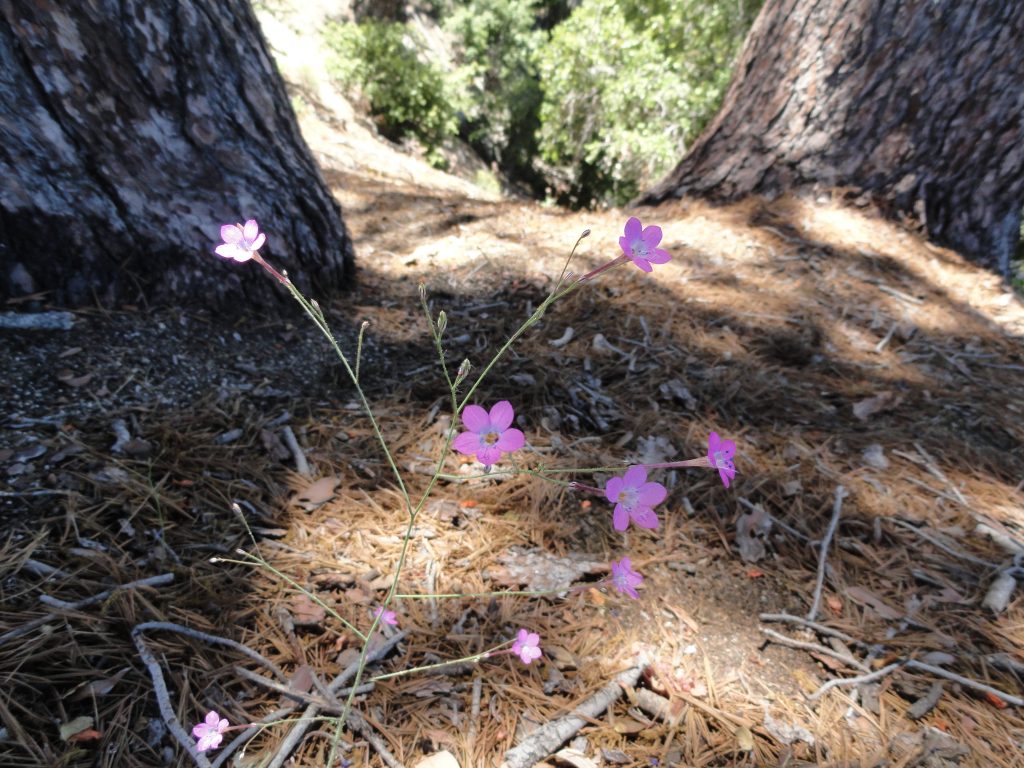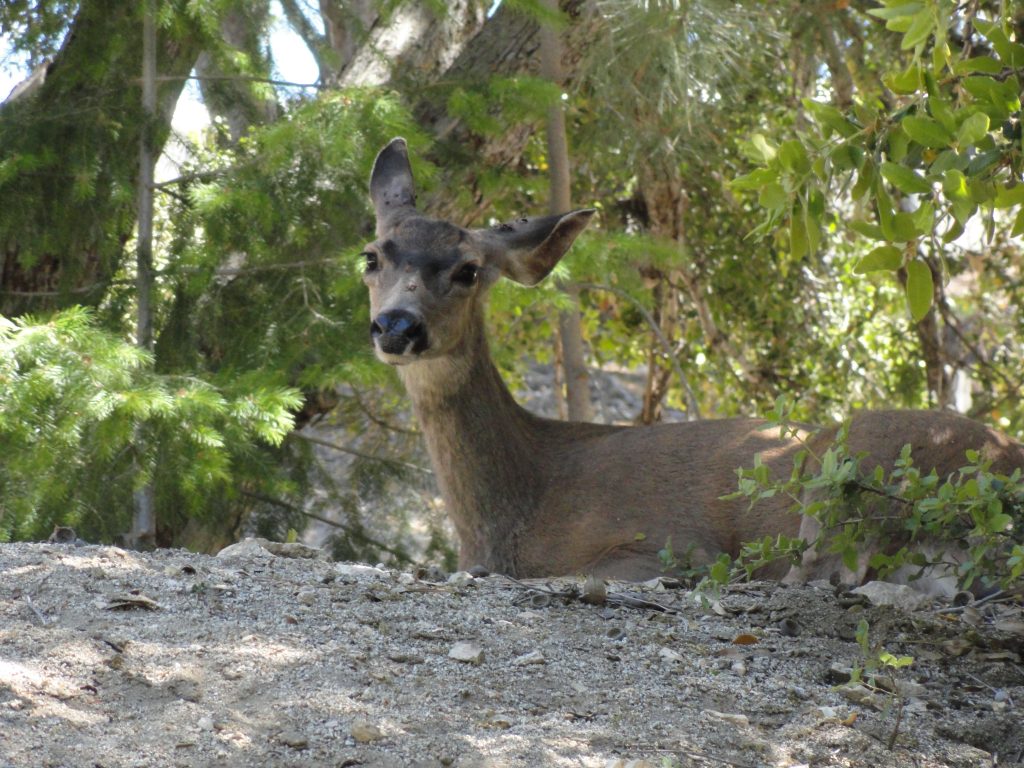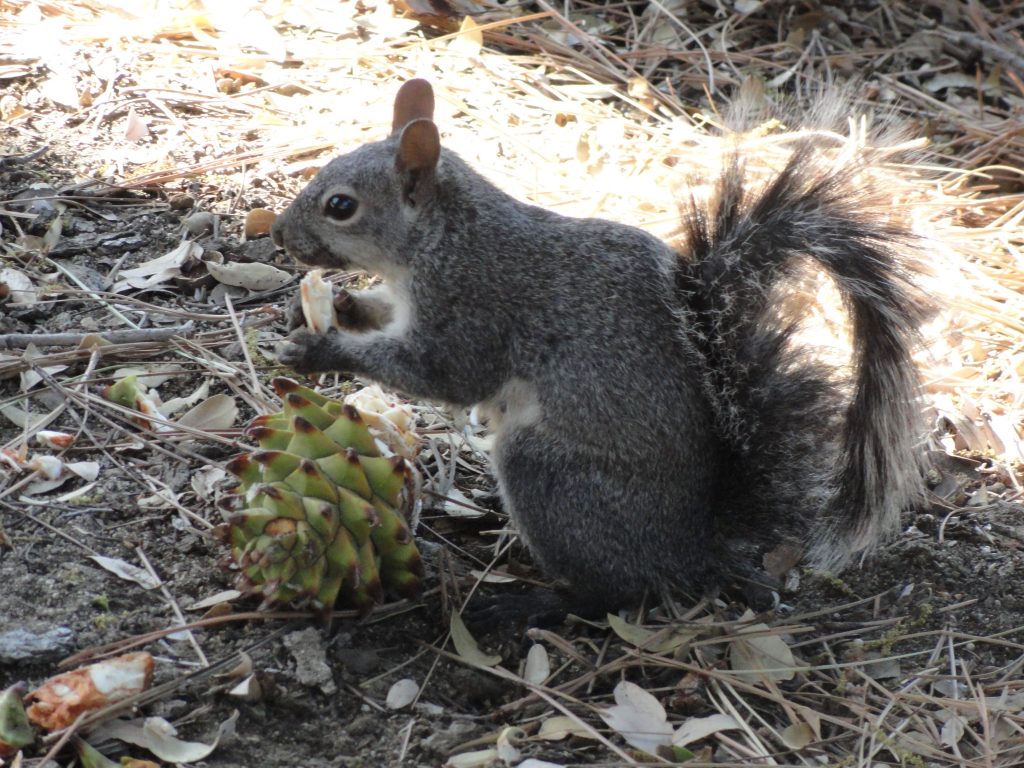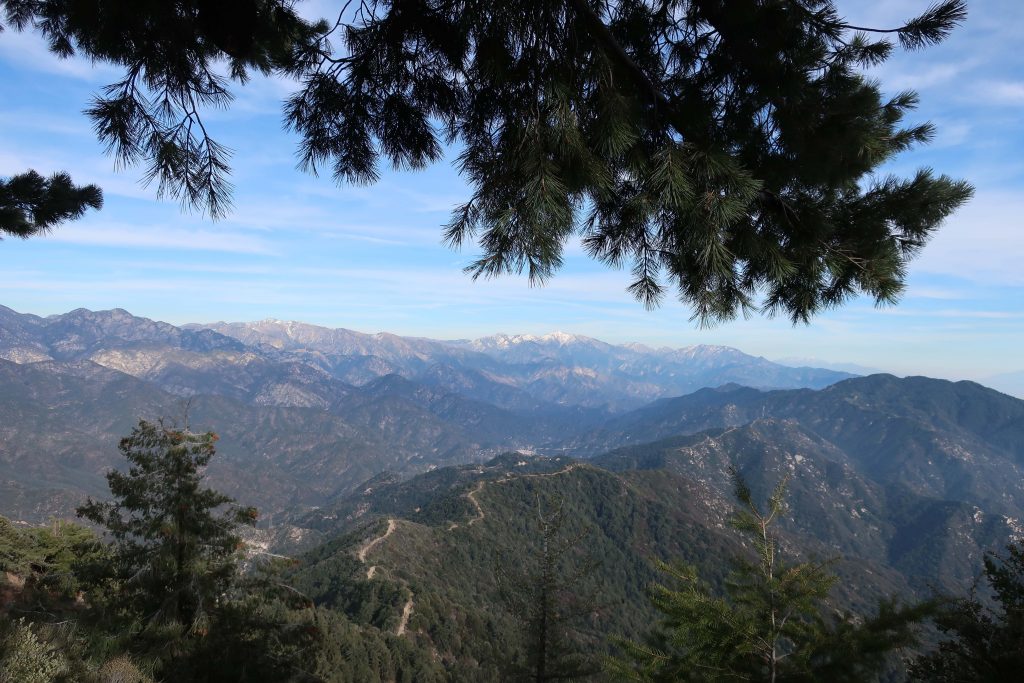
Hike Chantry Flat to Mt. Wilson by way of the Rim Trail during these bright, crisp winter months. This last weekend, I made my way up Big Santa Anita Canyon’s Upper Falls Trail from Fern Lodge Junction. Our rain gauge has recorded nearly 12″ of rain from the two previous storms of late November through December, so lots of bracken fern beds are at their height of deep and bright greens as they perch high on their cliffy ledges above the bubbling creek. Although we’re off to a dry start to the new year, the plants are responding to the generous rains and even snow in the higher elevations. This is also a good time to still catch the deep orangy red of the Toyon berries in their showy clumps that still feel reminiscent of Christmas time.
Trip Details:
Total roundtrip distance: 16.9 miles
Elevation gain / loss: 440′ initial loss to Roberts’ Camp. 3950′ gain to Mt. Wilson’s Echo Rock.
Take Gabrielino Trail up Big Santa Anita Canyon to junction below Sturtevant Camp. Continue on toward Newcomb Pass. From there, follow RimTrail west to Mt. Wilson’s Echo Rock. Return toChantry down Sturtevant Trail and continue back on Gabrielino to the trailhead.
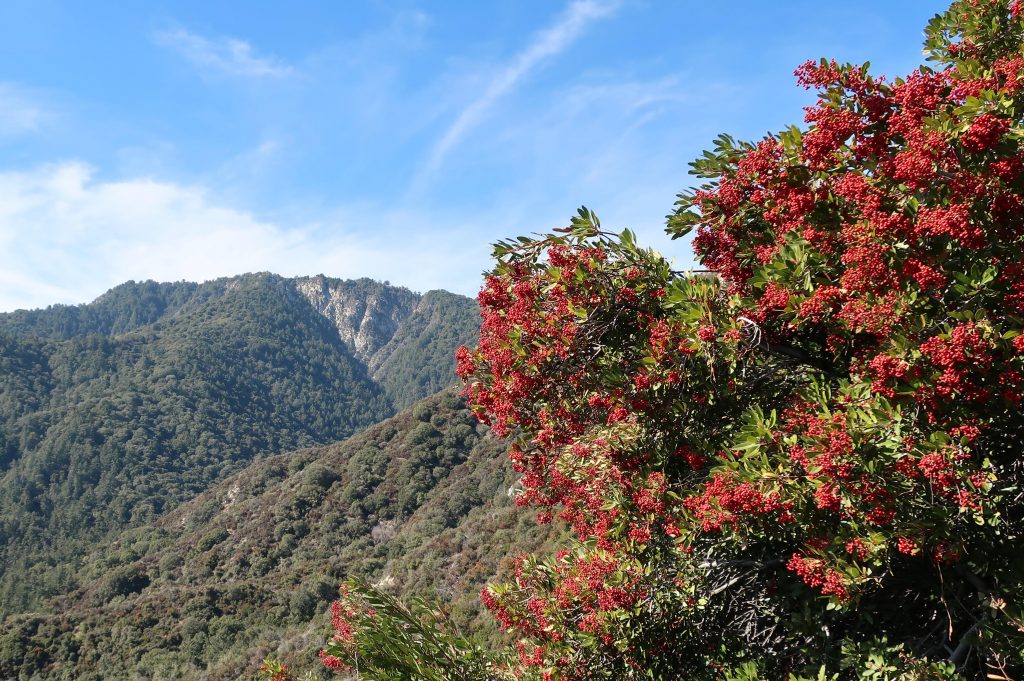
So, on I went past the songs of canyon wrens, their descending, laughing tones evoking that eternal longing for Winter becoming Spring. As always, leaving behind Sturtevant Falls, the crowds dropped off, too. Save for an occasional small group of hikers, I saw few people between the top of the Falls and Spruce Grove Campground. Once on the section of the Gabrielino that heads off for Newcomb Pass, there’d be no one, with the exception of squirrels, birds and gnats until reaching the top of Mt. Wilson. Solitude.
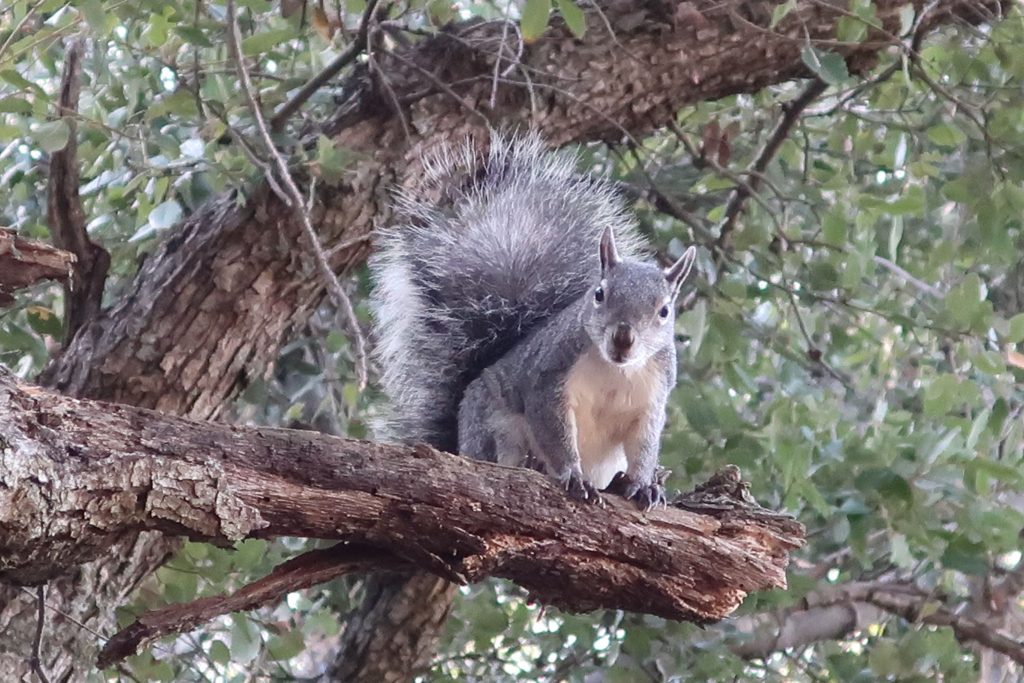
At the trail junction just below Sturtevant Camp, I peel off for Newcomb Pass and the quietness envelopes me. The trail was a bit overgrown and more noticeably there was a fair number of trees and shrubs over the trail. No problem, just took my time climbing down or up and around on the dark, loamy soil with winter’s dampness. Once out in the chaparral, on came the sunglasses and the great joy of warm winter days that only Southern California can bestow upon the mountains. The most prominent scene that kept repeating itself was the red display of Toyon against the background of varied greens. Pretty soon the backcountry opened itself up, first Twin Peaks, then the Mt. Baldy massif. Snow, blue sky and chaparral all seemed to merge as I neared Newcomb Pass.
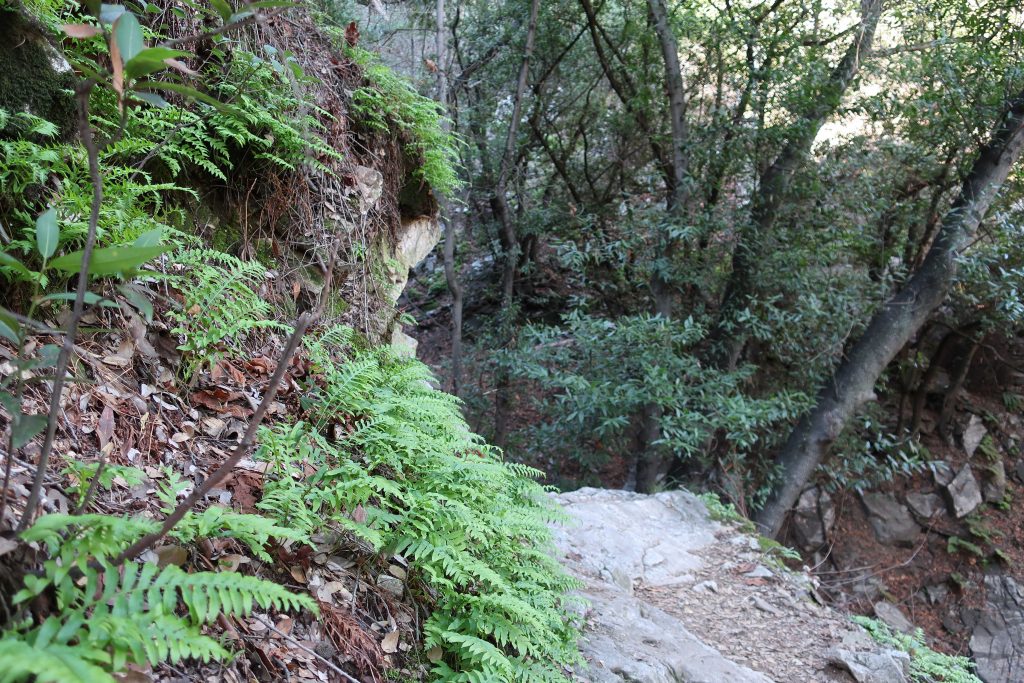
Once at Newcomb’s, I found a sunny picnic table and finished off my sandwich. Ever since the Station Fire of 2009, the debris of cut down trees for re- establishing a firebreak has taken away the charm of the place. Coupled with that, some hair brain scheme had taken place, erecting T-posts with orange web fencing at the bottom of the man-made swaths. Sort of like what CalTrans might do along a highway construction site. The old Newcomb Pass sign lay forlornly off to the side, a casualty of yet another oak that has fallen. I got so depressed by the memory of what once was and what was now that only a few minutes elapsed before taking off on the Rim Trail.
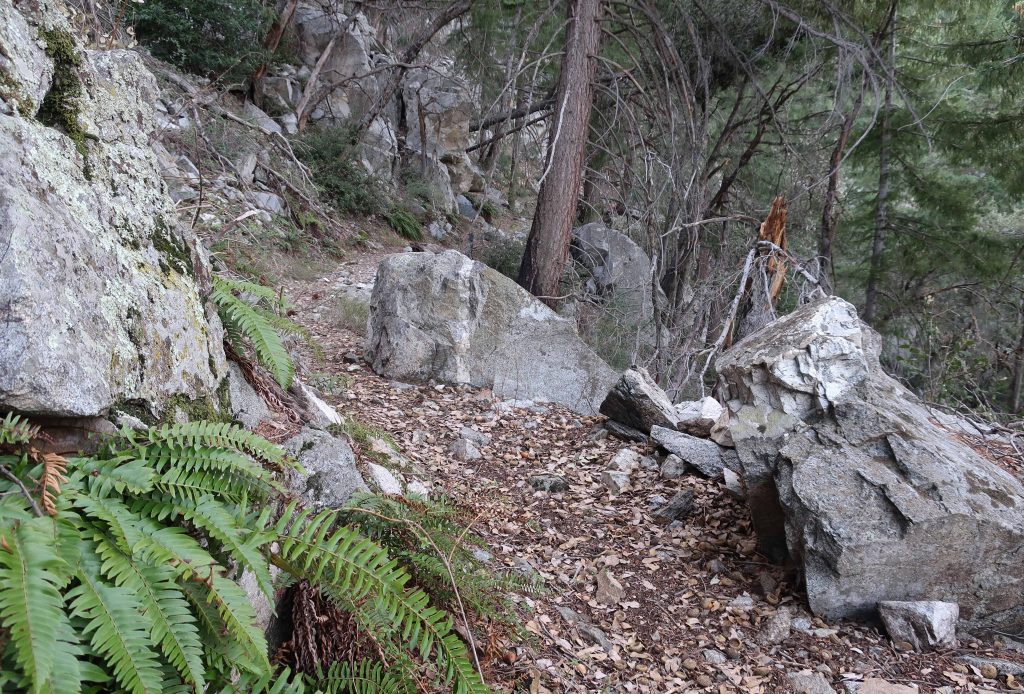
The first 1/2 mile along the Rim Trail was fraught with downed oaks, lots of them. The tracks of those before were clearly etched in the soft, moist soil as they worked out ways to get over, under, up and around thickets of branches tangled up with thick cords of poison oak. Aside from this, most of the going was pleasant, indeed beautiful as this area truly is. If you love being under oaks and amongst ferns and spruce, this is a good place to be. Also, you’re regaled with scenic views down into the West Fork of the San Gabriel River and out across to places as far west as Mt. Pacifico and eastward to Mt. Baldy and beyond. Fire scars from the Station Fire are still seen at the base of many big cone spruce along the trail. These are healthy scars only running a short distance up from the ground, leaving a really healthy evergreen forest. It’s peaceful country. Toward the top, you begin to encounter places where the trail is whittled out of rock. Old dry stack walls, the good work of trail builders from another century, still hold the trail into the mountainside. Eventually you make your way up and through a gentle twisting and turning through forested hillsides along the summit to the asphalt maintenance road near the Cosmic Cafe’s Pavilion. Turn left here, following signs toward the Sturtevant Trail. Pass by the Astronomical Museum, the Solar Camera and eventually the 100″ and 60″ telescope domes before dropping down to Echo Rock and the beginning of the Sturtevant Trail.
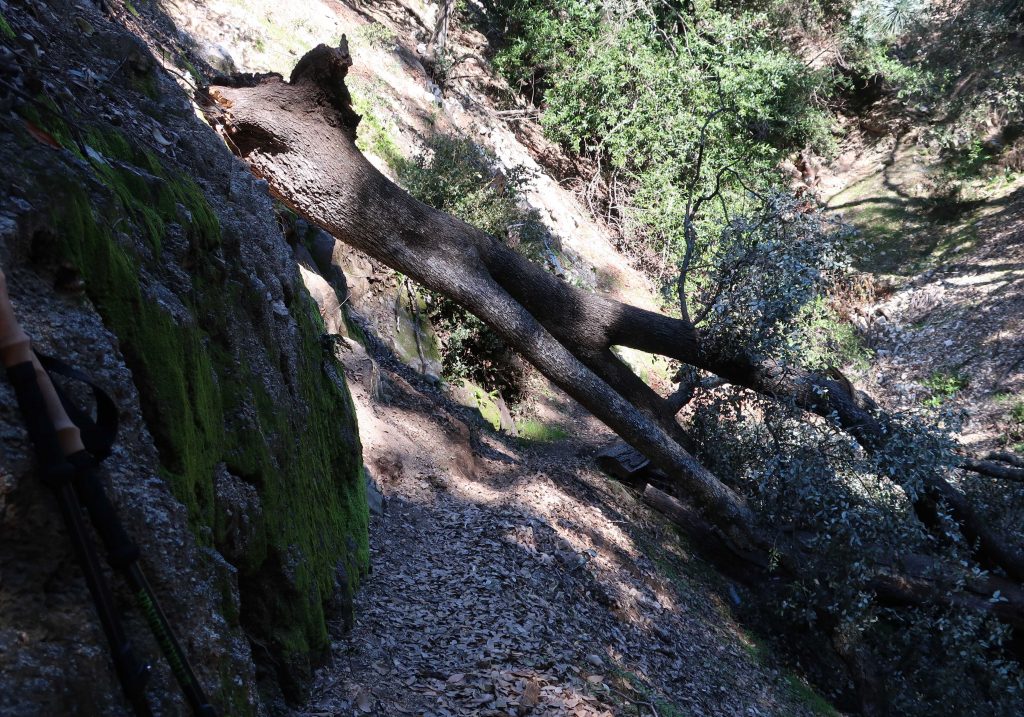
Take the time to look off of Echo Rock before your descent back into the Big Santa Anita Canyon. The view is superb and you really can get a good echo if you set your mind to it. Yell toward the cliff straight across from you!
Get ready for a steep drop down from Echo Rock. I’m big on trekking poles for preventing slips and saving your knees on descent. Years ago when my wife and I ran Sturtevant Camp, we starting using the poles when we had a winter (2005) that had washed out the Chantry Road, necessitating getting to the camp by way of this very trail. Pass by the “Halfway Rest” and on down further into the upper canyon. This is timbered and wild country between the top and Sturtevant’s Camp. Savor the views and more solitude.
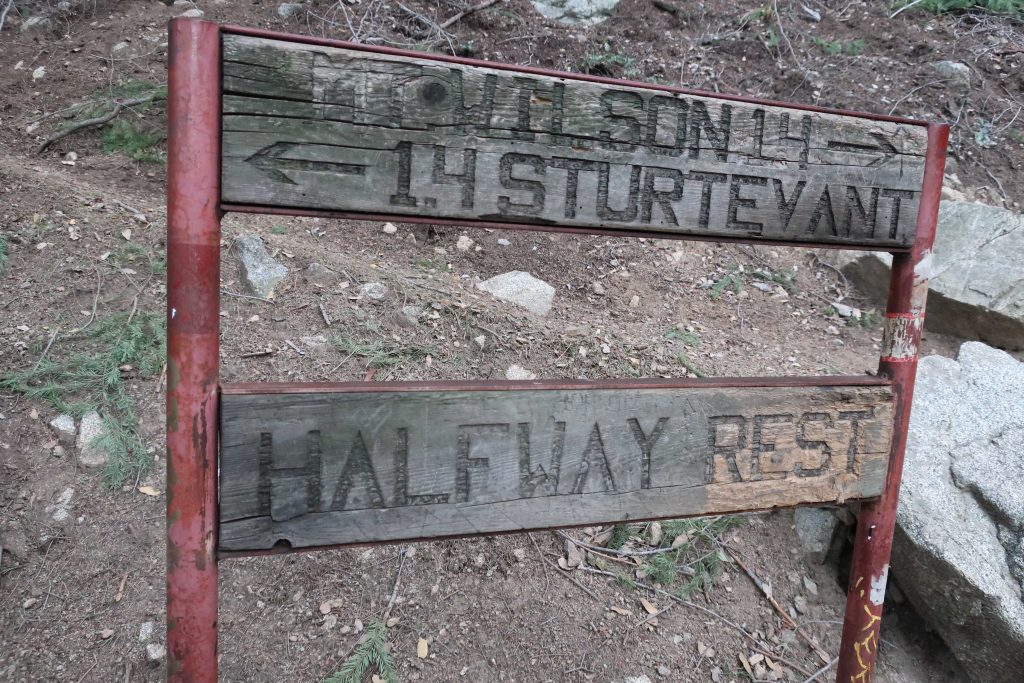
When you pass by Sturtevant Camp and then walk across the check dam to the side of the camp, you’ll drop down to the junction where you were earlier in the day, having just completed your loop. Head back to Chantry the way you came.
